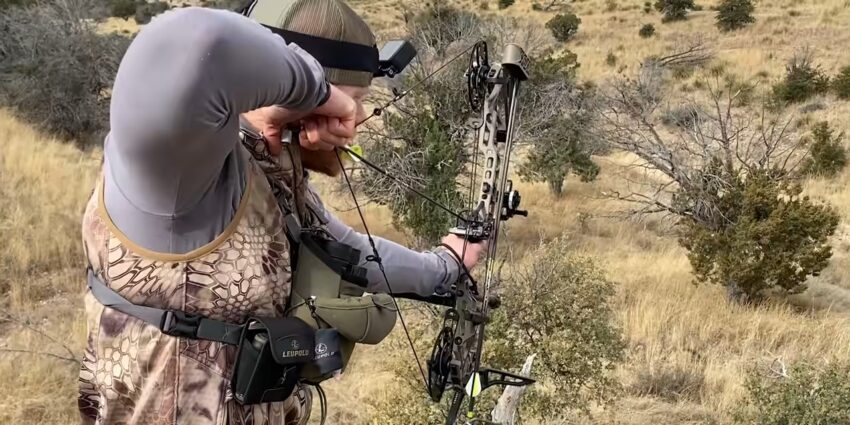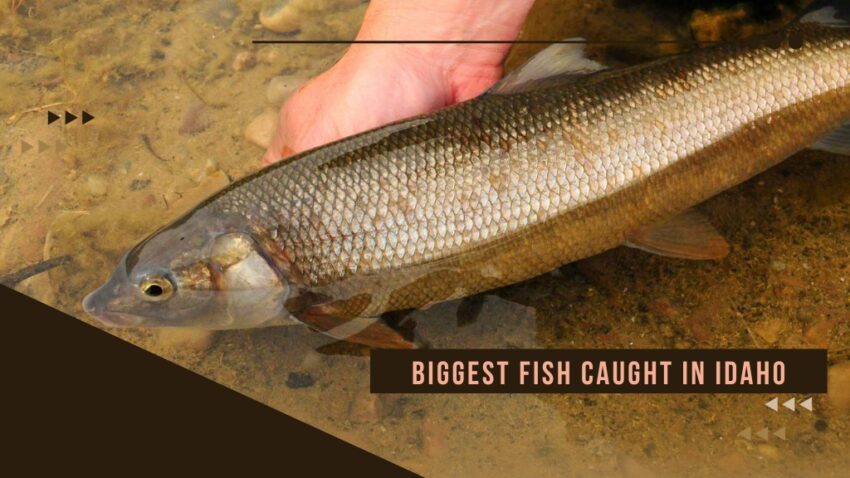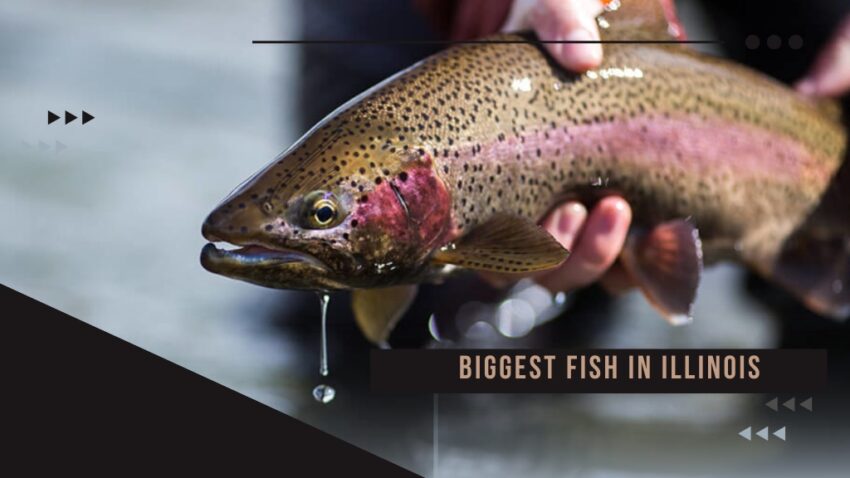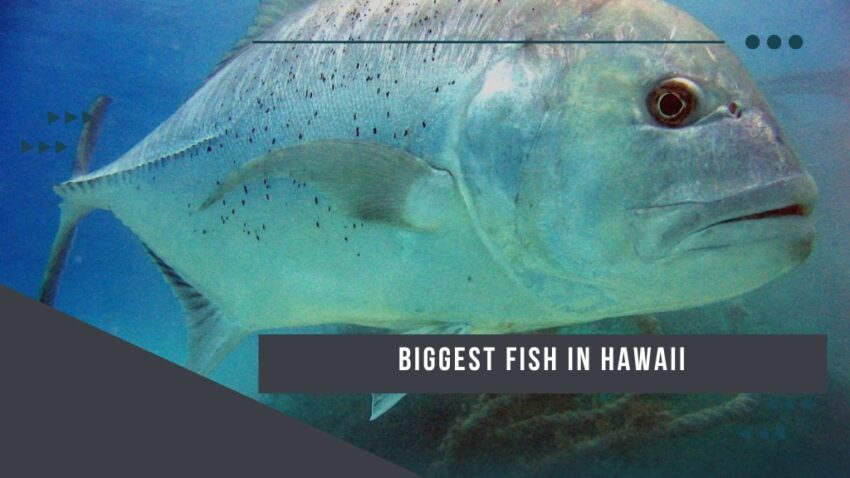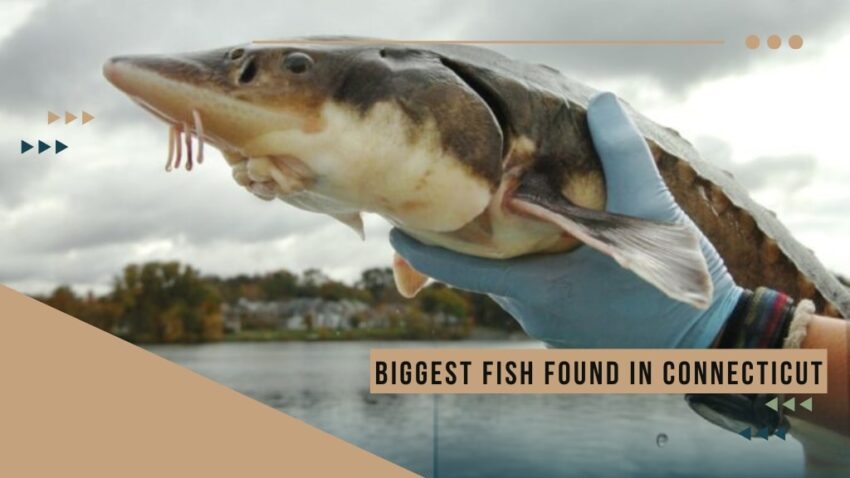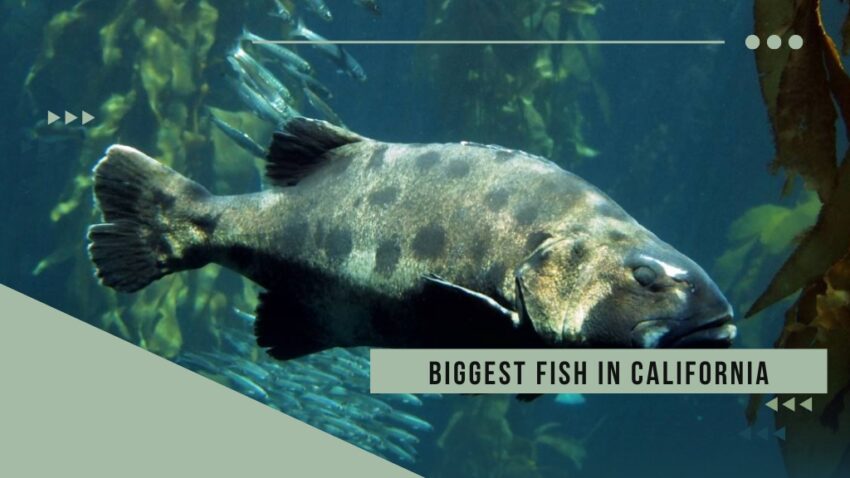Hunting can be conducted for survival (food), sport, or various other reasons. Humans primarily hunt to obtain meat, for leisure, to eliminate predators that pose threats to humans or domestic animals, to eradicate pests that damage crops, or for trade purposes. Multiple forms of hunting exist, including camouflage hunting, dog handling, bird hunting, big game hunting, small game hunting, wild boar hunting, bait hunting, active hunting, recreational hunting, and safari.
In the United States, each state offers distinct opportunities for hunters. However, there can be considerable differences in regulations and available game between neighboring states. Each state independently sets rules regarding wildlife, which may contradict those in adjacent states.
Before hunting in a particular state, it’s important to familiarize yourself with the local hunting regulations, as they are subject to change. It’s also a good idea to research local conservation efforts, as they may impact which species can be hunted. Additionally, be sure to check transportation laws if you plan to hunt outside your home state.
The Impact of Hunting on Ecosystems
When searching for information on “hunting and conservation,” you will find contrasting perspectives such as “Hunting Is Conservation” and “Why Hunting Is Not Conservation.” The crux of this debate revolves around two key ideas. Hunters argue that hunting plays a crucial role in wildlife survival in the United States, both financially and practically. On the other hand, conservationists believe that conservation efforts focus too heavily on hunting interests and should adopt a broader approach.
The Connection Between Hunting and Conservation

Contemporary conservation initiatives can trace their roots back to hunters who fought against the extinction of numerous cherished species. Theodore Roosevelt, a passionate hunter and founder of the United States Forest Service (USFS), warned about the depletion of natural resources, a concern that resonated with people during his time.
Hunters were instrumental in persuading Congress to enact legislation that regulated hunting and protected wildlife. They also financially supported conservation efforts through fees and taxes paid on hunting licenses and equipment. The “Duck Stamp” Act, the Pittman-Robertson Act, and the Dingell-Johnson Sport Fish Restoration Act have all contributed significantly to preservation endeavors.
In some states, particularly in the southeast, hunters collaborate with local biologists to manage prey animal populations that vary due to landscape changes and an absence of predators. Wild boars serve as a prime example.
The Disagreement Between Hunting and Conservation
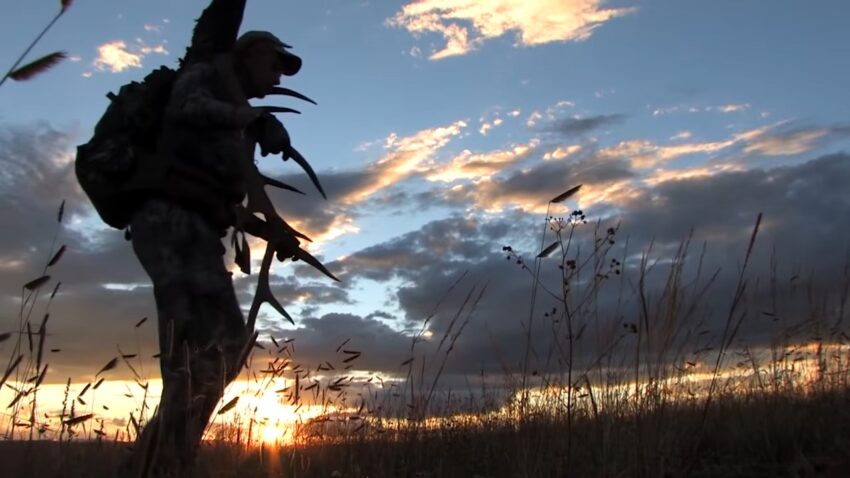
Recent public opinion suggests that hunting, while crucial to conservation efforts, is not the complete solution. Since hunters initiated conservation efforts, the majority of funding gathered through taxes and fees has been directed towards the protection of game species. In each state, wildlife management decisions consider the interests of hunters more than the general public. The problem arises when the focus of conservation remains on game species, despite increasing challenges faced by other populations.
Theodore Roosevelt’s concerns were valid, but he lacked a comprehensive understanding of the issue. The original rationale behind conservation efforts treated wildlife similarly to agriculture, focusing primarily on numbers. Nowadays, it is widely acknowledged that ecosystems rely on each component, regardless of its size, to function effectively. Conservationist groups argue that prioritizing game species over others does not constitute true conservation but rather game management..
Ethical Hunting
It is evident that hunting has been losing popularity in the United States, with younger generations often distancing themselves from such activities due to the negative impact of overhunting, which can be observed in numerous regions globally. Nature documentaries frequently highlight the near extinction of certain bird or whale species in the 19th century due to excessive hunting. This portrayal casts a negative light on the sport.
However, nuances exist in every topic. Despite its unfavorable reputation in popular culture, hunting remains essential for survival in many parts of the world and is the preferred pastime or profession for many individuals. With that in mind, there are more ethical ways to engage in hunting.
Best States for Hunting
The top states for hunting share two primary characteristics:
- A percentage of the state’s population participates in hunting.
- A substantial amount of public land is accessible to hunters.
Other factors considered when evaluating the best hunting states include hunting traditions, the diversity and quantity of game, and regulations. In most instances, to legally hunt in the United States, you must obtain a hunting license from the state where you plan to hunt and adhere to all requirements and regulations set forth by that state’s fish and wildlife department. The age at which a hunting license can be purchased varies by state, and a hunter safety education course must be completed and passed to obtain a license. Course requirements differ by state.
Some states recognize hunting licenses issued by other states. California’s Hunter Education Certificate, for example, is accepted by all U.S. states, provinces, and countries that enforce mandatory hunter-education requirements. California also accepts Hunter Education certifications from other jurisdictions that meet the official IHEA-USA requirements. In certain states, hunting draws are employed, allowing successful applicants to hunt specific game types. Occasionally, only state residents are allowed to apply for draws.
1. Alaska
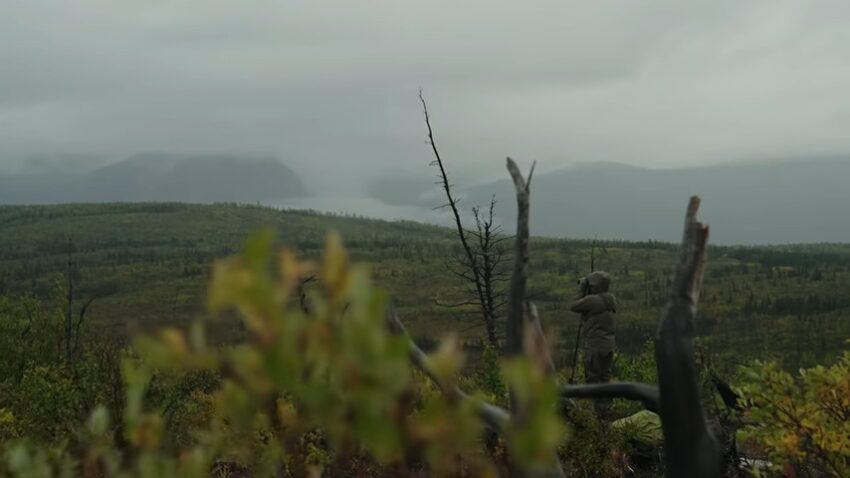
Alaska, unsurprisingly, ranks among the best states for both fishing and hunting. Boasting vast expanses of virtually untouched natural landscapes, including glaciers, tundras, mountains, and forests, over 74% of Alaska is open to hunting, amounting to more than 292 million acres. In 2020, 12.3% of Alaskan residents held hunting licenses. Home to some of North America’s largest game, such as grizzly bears, brown bears, moose, elk, and mountain goats, Alaska hunting licenses can be obtained from the Alaska Department of Fish and Game website.
2. Idaho
Hunting is immensely popular in Idaho, with 15-17% of the population participating. While this represents a significant portion of residents, 60% of the state comprises public land. Idaho’s diverse habitats support a range of species, including turkeys, elk, mountain lions, black bears, and wolves. Controlled hunts for moose, antelope, and bighorn sheep are also available. Hunting licenses for both Idaho residents and non-residents can be found on the Idaho Department of Fish and Game website.
3. Wyoming
As the least populated state in the nation, Wyoming offers abundant space for hunters, encompassing over 31 million acres. With approximately one-quarter of the population hunting on 31.4 million acres of public land (roughly half of the state’s total land area), Wyoming provides opportunities to hunt elk, antelope, mountain goats, deer, moose, bison, and bighorn sheep.
4. Montana
Montana is a picturesque state famous for hunting. Local economies in the state have been built around the sport. Approximately 20% of Montana’s population hunts, and with 30 million acres of public land available, there is ample space for hunting. The state offers opportunities to hunt moose, bison, black bears, deer, elk, and pronghorn antelope. Montana hunting and trapping licenses can be found on the Montana Fish, Wildlife, and Parks website.
5. Wisconsin
Wisconsin is best known for its whitetail deer hunting but is also one of the top turkey hunting states. The state’s 7 million acres of public land include 15,000 lakes, so hunters should be prepared with hip waders, especially when targeting waterfowl. 11.7% of Wisconsin residents are licensed hunters. You can obtain a Wisconsin hunting license on the Wisconsin Department of Natural Resources website.
6. South Dakota
About 25% of South Dakota residents are hunters, and hunting is deeply ingrained in the state’s culture. The state is renowned for its pheasant and upland bird hunting but also has lottery opportunities for mountain goats, bighorn sheep, and buffalo. Over 2 million acres are open to hunters in South Dakota, accounting for just under 5% of the state. To obtain a South Dakota hunting license, visit the South Dakota Game, Fish, and Parks website.
7. Texas
Although Texas is recognized for numerous outdoor activities and occupations, hunting often takes a backseat to pursuits like ranching and farming in the Lone Star State. Texas has over 1.7 million acres open to hunting, which represents only 1% of the state’s total acreage. The state’s legislature is notably hunter-friendly, securing Texas’ place on this list. For license information or to obtain a license, visit the Texas Parks and Wildlife website.
8. Arizona
States in the southwest, such as Arizona, Utah, and Nevada, are excellent hunting destinations, with over 32 million, 35 million, and 54 million acres open to hunting, respectively. Arizona made the list due to its lenient hunting and fishing laws, as well as its abundance of big game hunting opportunities and a legal landscape that is easy for hunters to follow and navigate. More information about Arizona hunting and fishing licenses can be found on the Arizona Game & Fish Departments’ website.
9. Colorado
Colorado, a state spanning over 66 million acres, has over 23 million acres (35.3%) open to hunting. Western states generally have more abundant big game species than other regions. Colorado is home to elk, moose, bighorn sheep, mountain goats, black bears, and both white-tailed and mule deer. If you are interested in obtaining a license, visit Colorado’s Parks and Wildlife website.
10. Minnesota
Minnesota is an excellent state for both hunting and fishing. About 560,000 Minnesota residents are licensed hunters. Roughly 16% of Minnesota’s land, or 8.2 million acres, is public land. Hunting has long been a tradition in the state, with popular game ranging from duck to deer, bear, and turkey. Swamp hunting is also common in Minnesota, which has more than 10,000 natural lakes. Minnesota hunting licenses can be found on the Minnesota Department of Natural Resources website.
11. Pennsylvania
Pennsylvania is one of the most hunter-friendly states in the U.S., with 4.2 million acres open to hunting. An additional 2 million acres of private ground is accessible to hunters through cooperative agreements. Pennsylvania ranks highly for both hunter and bowhunter density per square mile. Popular game in Pennsylvania includes black bear, elk, turkey, and waterfowl. To obtain a Pennsylvania hunting license, visit the Pennsylvania Game Commission’s website.
12. Nevada
Although not many Nevada residents hunt, the state offers plenty of room for the activity. Over 76% of Nevada is open to hunters, which equates to over 54 million acres. During the hunting season, you can target everything from elk to mountain lions. Nevada operates on a tagging system, and tags are awarded randomly through a draw process. For more information, visit Nevada’s Department of Wildlife website.
13. Arkansas
Nearly 10% of Arkansas residents have hunting licenses, and over 3 million acres of the state are open to hunting. Despite having less space to hunt compared to some states, Arkansas offers a good selection of big game. The state also has more relaxed regulations and laws for hunters to follow. If you are interested in hunting in Arkansas, visit the Arkansas Game and Fish Commission website.
14. Oregon
Oregon is another state with a rich hunting tradition, offering diverse landscapes and game species. Approximately 13% of the state’s population hunts, and over 50% of the state’s land is open to hunting. Some of the popular game species in Oregon include deer, elk, black bears, cougars, and waterfowl. Oregon is also known for its excellent upland bird hunting opportunities, including quail, pheasant, and grouse. For more information on Oregon hunting licenses, visit the Oregon Department of Fish and Wildlife website.
FAQ
What is the purpose of hunter education courses and are they mandatory?
Hunter education courses aim to teach and promote safe, responsible, and ethical hunting practices. They cover topics like wildlife conservation, firearms safety, and hunting laws and regulations. Although the requirements vary by state, most states require hunters, especially first-time hunters and younger individuals, to complete a hunter safety education course before obtaining a hunting license. Check your state’s fish and wildlife department website for specific requirements and course offerings.
Can non-residents hunt in the United States, and if so, are there any specific requirements?
Yes, non-residents can hunt in the United States, but they need to obtain a non-resident hunting license and follow the specific regulations set by the state in which they plan to hunt. Non-resident hunting licenses and fees are generally higher than those for residents. Additionally, non-residents may face certain limitations or restrictions, such as species quotas or specific hunting zones. It is essential to research and understand the state’s rules and requirements before planning a hunting trip as a non-resident.
How can hunters support and contribute to conservation efforts?
Hunters can contribute to conservation efforts by purchasing hunting licenses, permits, and conservation stamps, as the funds generated are often used to support habitat restoration, wildlife management, and research programs. Hunters can also join and support conservation organizations that advocate for responsible hunting and wildlife management practices. Additionally, practicing ethical hunting, adhering to regulations, and reporting any illegal activities to local authorities can contribute to overall conservation goals.
What are some key ethical hunting practices to consider?
Ethical hunting involves several considerations, such as respecting the environment, wildlife, landowners, and fellow hunters. Key ethical practices include:
- Following all local hunting laws and regulations.
- Ensuring a quick, humane kill by using appropriate firearms or archery equipment and aiming for vital organs.
- Only taking shots within your skill range to minimize the risk of wounding an animal.
- Practicing fair chase principles by not using unethical or unsportsmanlike methods to pursue game.
- Respecting private property and obtaining landowner permission before hunting.
- Utilizing harvested animals responsibly by not wasting meat and using as much of the animal as possible.
- Reporting any illegal hunting activities or violations to local authorities.
- Supporting conservation efforts and organizations.
Conclusion
Hunting is a deeply rooted tradition in many states across the United States, offering unique opportunities for both residents and non-residents. While each state has its distinct regulations and available game, top hunting states often provide ample public land, diverse game species, and hunter-friendly legislation. By understanding and adhering to state-specific hunting laws, obtaining the necessary licenses, and practicing ethical hunting, hunters can contribute positively to conservation efforts and maintain a sustainable relationship with the natural environment.
Related Posts:
- 6 Best Countries To Explore For Vegan And Vegetarian in 2024
- The Art of Silk Screen Printing: Incorporating Your…
- 10 Best States with Most Dogs in US 2024 - Ultimate Ranking
- Unleash Your Inner Adventurer and Visit the Best…
- Pilates Certification: 6 Tips for Transforming Your…
- States With Most Mountain Lions in US 2024: Where To…

